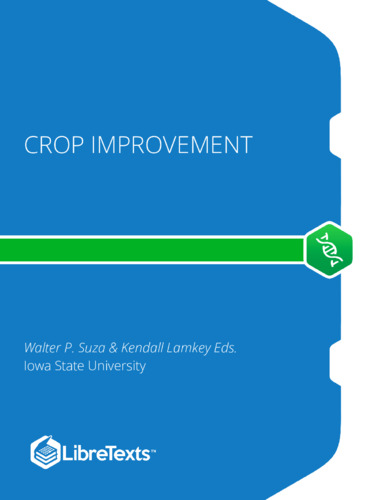Participatory plant breeding and participatory variety selection
Formal or conventional plant breeding programs (centralized breeding programs) are often designed to meet specific requirements of different groups of farmers in different growing environments (regions, countries, soil, or climatic conditions). Formal or conventional plant breeding programs have generally been more beneficial to those farmers who either have good crop growing environments or have the capacity to modify growing environments through the application of additional inputs such as fertilizer, pesticides, and irrigation to create more favorable growing conditions for new varieties. However, the results of formal plant breeding may sometimes not meet the requirements of those farmers who grow their crops under marginal soils and high-stress environmental conditions (Sperling et al., 2001) thus necessitating different breeding approaches to be created to meet the needs of poor farmers.
Participatory plant breeding (PPB) and participatory variety selection (PVS) have been developed and implemented over the past 10 years as an alternative and integral part of the breeding approach in traditional plant breeding. It has been mainly implemented in developing countries where farmers with limited resources grow their crops in marginal lands of remote regions. It is practically implemented in areas where the technology transfer or adoption of modern cultivars is low (as farmers are not comfortable with taking the risk to replace their well-known and reliable traditional varieties with new varieties) or where modern cultivars are not available. Therefore PPB has emerged to address the agricultural problems of poor farmers in developing countries where resources and modern technologies are limited. PPB has been widely considered to be more advantageous to use in areas where low yield potential, high stress (drought), and heterogeneous environments exist.

